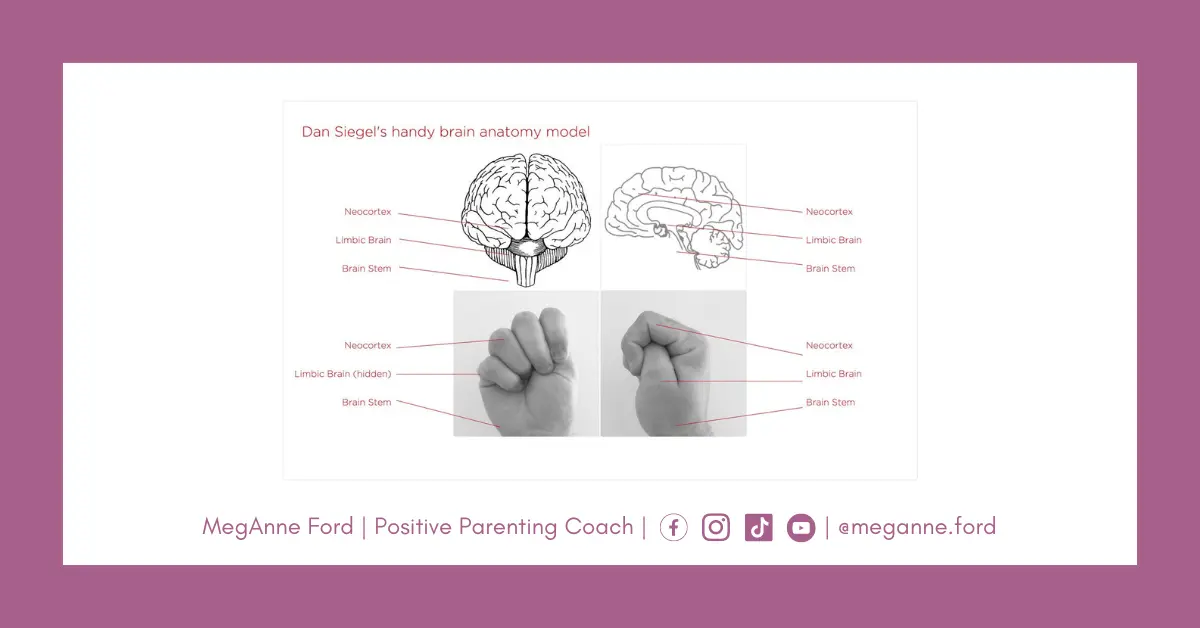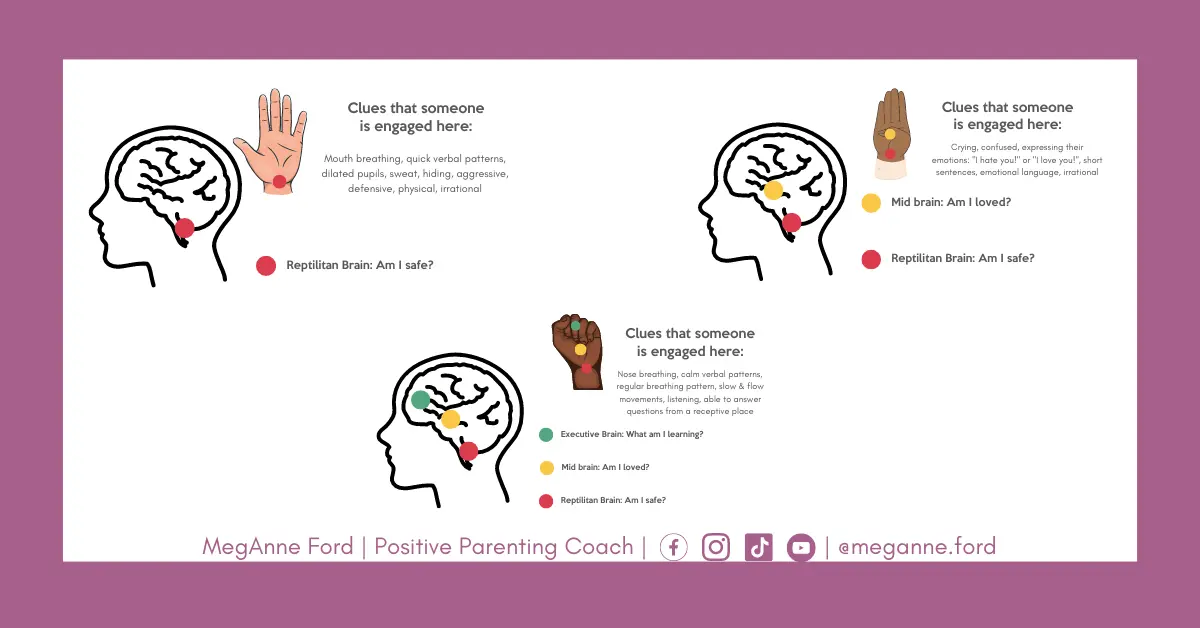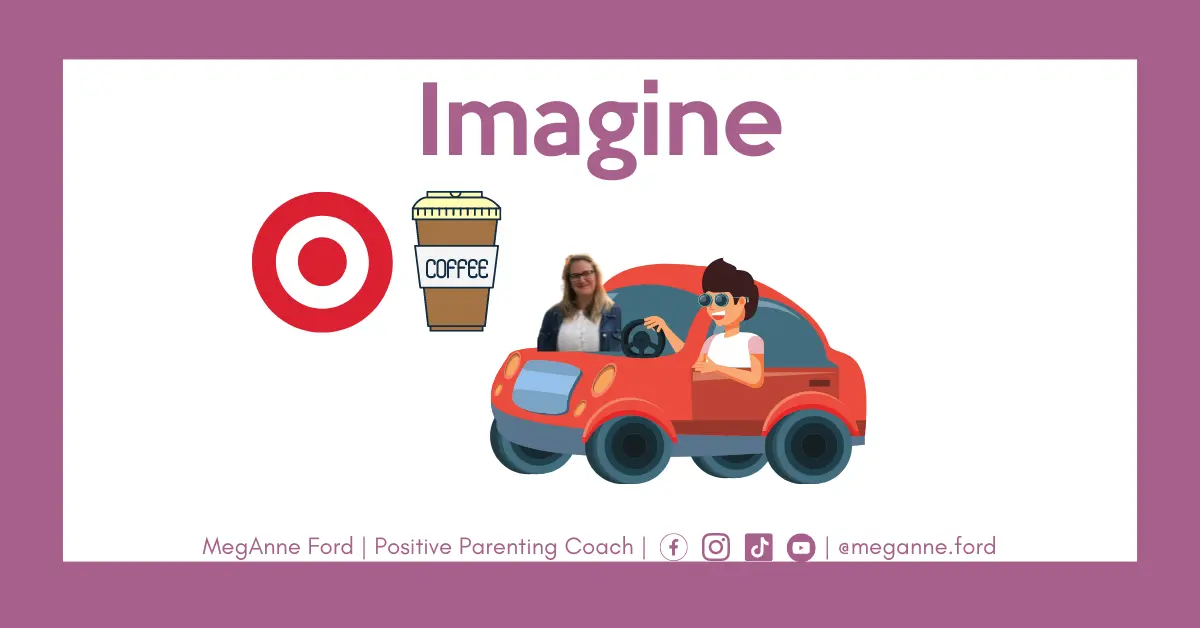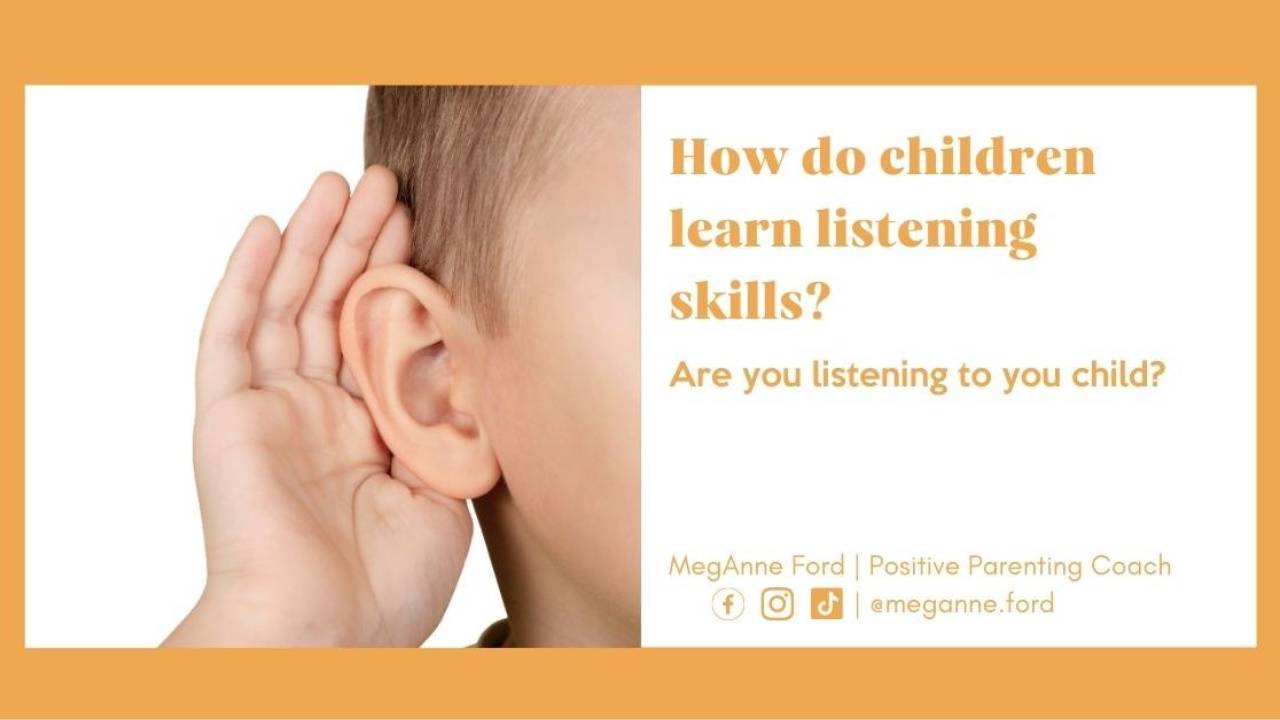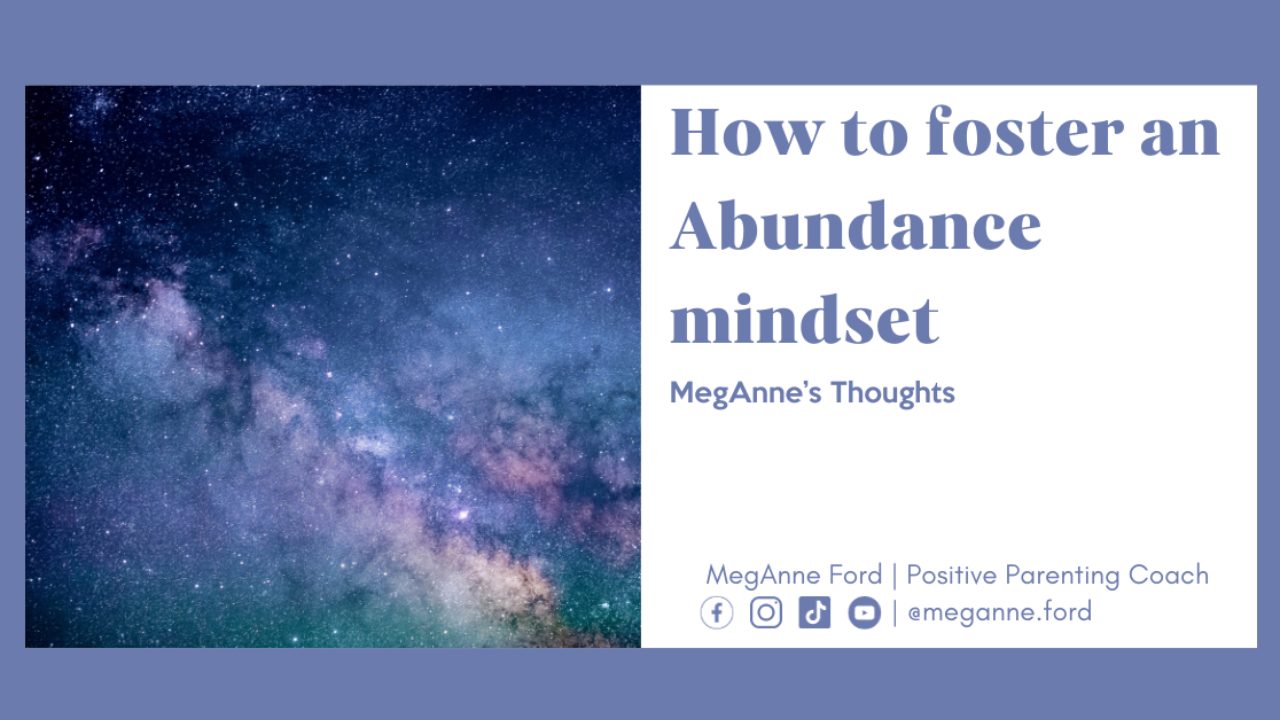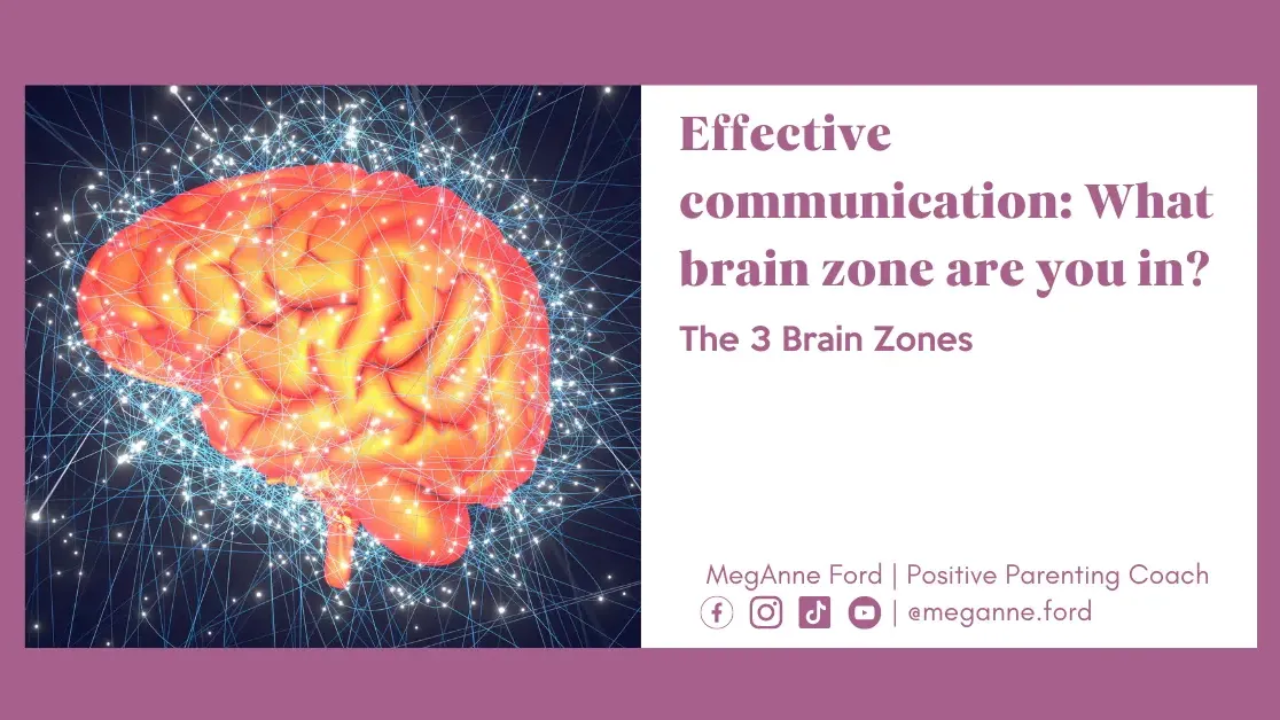
The Hand Model of Brain: How to communicate according to what brain zone the child is in.
Jun 18, 2024
The hand model of brain, developed by Dr. Daniel Siegal, provides a simplified representation of the brain and aids in understanding effective communication methods. By exploring the three brain states and their impact on communication, we can navigate conversations with children and adults more skillfully, fostering connection and emotional regulation.
Takeaways
- Understanding that behavior is always communicating something beneath the surface allows us to approach others with empathy and curiosity.
- Recognizing the brain state of the person we are communicating with enables us to tailor our approach and support their emotional regulation.
- The hand model serves as a visual tool to gauge our own state and that of others, helping us navigate dysregulation and promote a calmer, more receptive environment.
- Cultivating self-awareness of our stress responses and practicing regulation techniques empowers us to be a calming influence, fostering trust and stronger relationships.
Hand Model of Brain
Dr. Daniel Siegal developed a handy, pun intended, brain model using your hand. We will use that model while discussing effective communication methods with the humans, big and small, that we have in our lives.
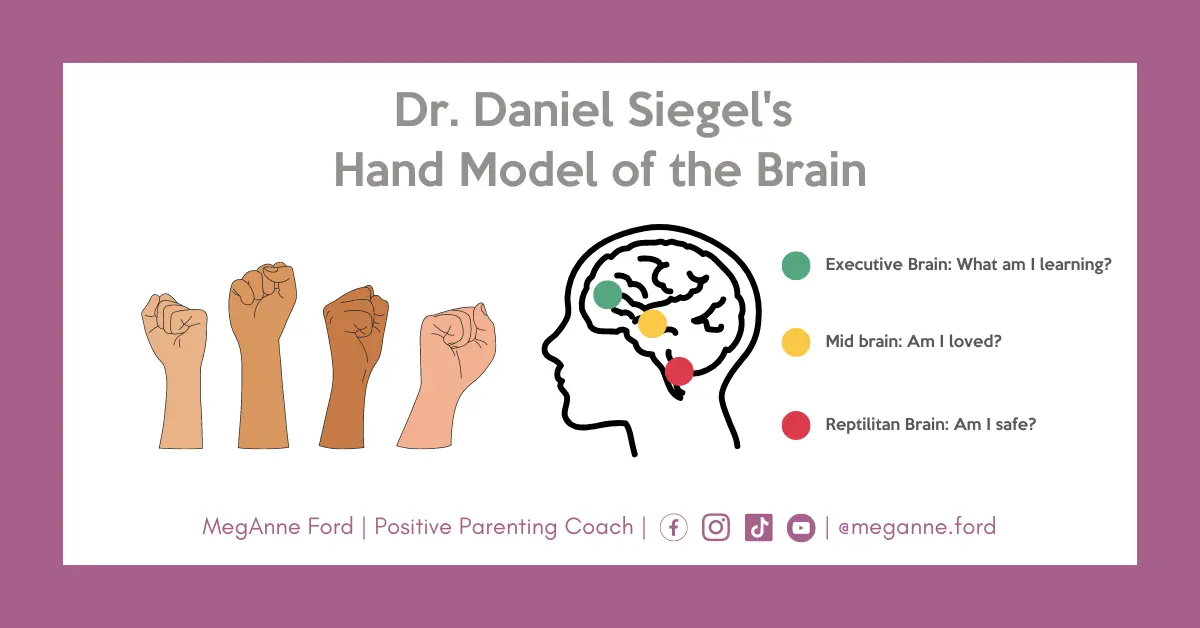
What the behavior is communicating
Parents and caregivers have often confronted me with this statement:
"I saw them (the kids) do that, but they did it for no reason."
Or
"They (the kids) did it for no good reason."
When I hear those statements, I translate them into this statement,
"I don't know why my child behaves that way."
In the blog What Your Child's Behavior is Communicating, we find that their behavior is communicating something that's going on below the surface.
We might not know it in the moment, but there is always a reason for our behavior. It is constantly communicating something going on. It either says where we are developmentally or emotionally.
After explaining this to the parents, I often then get pushback that sounds like,
"I try to talk to them (the kids), but it doesn't work. Talking never works."
This is where we can dig in and keep uncovering that we must listen before we talk. In the blogs, Are you listening to your child? And How do I get my 4-year-old to listen? We explore what listening really is, and are we doing our P.A.R.T.?
Listening is an important part of effective communication, and what we will talk about next is your approach.
We will use a friendly tennis practice to imagine the ball of conversation being passed between two players.
Two Communication Approaches Using the Hand Model of Brain
There are two approaches that we're going to highlight. The first is called a top-down approach, and the second is a bottom-up approach.
As discussed in the blog, 'What are regulation, co-regulation, dysregulation, and auto-regulation?' a regulated human can navigate a top-down approach.
When we talk about top-down, the person is able to talk through their feelings. They are in the logical part of the brain. They can conceptualize and intellectualize what they are feeling.
For a dysregulated person, they are better supported in the bottom-up approach. This means that connecting to their feelings and calming them gives a sense of safety so they can access the logical brain.
What is Dr. Segel's Hand Model of Brain?
The hand model of brain allows us to visualize where we are in the brain. This is a very simplified version of the brain and only allows us to imagine what we are experiencing or the person in front of us, regardless of age.
This is more information that we can gather as we decide if we should be talking at the moment or listening:
So, the hand model starts making a fist with your hand, with your thumb tucked in and fingernails pointing towards you.
Point 1 (Red zone) - Lower Brain, also referred to as the reptilian brain
Point 2 (Yellow zone) - Mid-Brain, or amygdala
Point 3 (Green zone) - Upper Brain, or frontal cortex and executive functioning
Each zone has a different job, and knowing which zone we are in and the people around us can help us effectively communicate.
Red Zone
In the red zone or reptilian brain, we are asking and accessing our surroundings with the question,
AM I SAFE?
This part of our brain is unconscious and automatic, which is out of our control. That part of our brain controls our body's vital functions, such as our heart rate, breathing, blood pressure, body temperature, and balance. It also includes our pupils dilating, our digestion, and our hormone levels. We are not always cognizant of those things, but it is happening in the background.
So when a child or a person is activated into this response, they feel unsafe.
Clues to help us identify this include mouth breathing, quick verbal patterns, dilated pupils, sweating, hiding, and physical or emotional aggression. It all boils down to fight, flight, freeze, and fawn response. When they engage in those responses, we can say, "Whoa, something's going on. They do not feel safe."
This information helps us show up in ways that communicate safety. Sometimes, it literally says, "You are safe, I am here, I understand, I see you." Or we go into our nonverbal communication and get below eye level or soften our tone.
It is all to say, "I see you, I get you." Once that zone of our brain is regulated and we know that it's safe and no longer under stress or distress, we can reach the yellow zone.
Yellow Zone
In the yellow zone, our midbrain, the Olympic system we are asking,
AM I LOVED?
The midbrain is also unconscious and automatic and the source of value judgments. It influences our behavior and our memories. So, it is very similar to the reptilian brain.
The Disney movie Inside Out is a fun depiction of the brain and its workings. The emotional characters inside the main character's head have a control panel that surveys and clues into Riley's surroundings and activates Riley's different behaviors. They are deciding how to react or respond. It might be activation of the stress response or cooling down into the rest response.
These two parts of our brain, yellow and red, make up our downstairs brain, which is often unconscious and automatic.
This is the perfect time to lead with connection, the first step of the C.L.E.A.R. method I teach and coach inside Be Kind Coaching. Connection is the very first step. Once we have a connection, then we can have physical safety. Our brain is soothed. Then, the emotional part of our brain is soothed knowing that we are loved, understood, and connected.
This is also where validation comes into play.
Validation is not saying I agree with you or condone that.
It is not saying it is okay to yell at me," hate you," but it is saying, "Yeah, you're pissed at me, you hate me right now, you hate that I did that, I get it."
That's a sense of connection, communicating," see, hear, and understand you." You were first physically safe with me, and now you're emotionally safe with me. I understand you were triggered. I can show up to de-escalate the situation rather than adding stress to escalate it. The goal here is to reach our green zone.
Green Zone
In the green zone, the executive brain is asking:
WHAT AM I LEARNING?
Our conscious or executive brain is widely inside of our control. That part of our brain that folds over the top of our thumb in the model. This part of our brain is responsible for impulse control, language, logic, problem-solving, abstract thoughts, thinking, and even humor.
A person engaged with this part of our brain is nose breathing. They are calm, have calm verbal patterns, and have slower movements. They can listen and answer questions from a receptive rather than a defensive place.
We can engage in reflective and logical communication in this part of our brain.
Dr. Dan Siegel uses the term lid down or flipped lid. This means when someone is in the green zone, their lid is down, and they can communicate logically. When you or someone around you is "flipped," that signifies that there is work to return to the green zone by answering the questions, am I safe and loved?
And we do that by regulating ourselves first and helping others regulate themselves.
We can understand that children are learning from the adults.
Children have less control over their emotions. Their neural pathways, the communication between the "Upstairs’'and "Downstairs’'of the brain, are immature.
Some say the prefrontal cortex does not mature until early adulthood, between 24 and 27.
So, when we are talking about being in a high-stress situation with a 3 to 7-year-old, they are learning how to control and regulate. How you show up with them is disciplining how to regulate.
In contrast to the prefrontal cortex, the amygdala is mature at birth. So that means their alarm system has a heavy influence. Survival is the name of the game.
Why is this important?
One of my beliefs is that we widely misunderstand how to communicate and work with children. The common belief is that we need to control children. It makes sense because having control over something or someone gives us a sense of safety.
But, I have found that when we slow down and take ownership of ourselves, we can start showing up in big, impactful ways.
This work is close to me because of my relationship with my mother; she tried to control me as a child, and it caused a fracture in our relationship that would last far too long. I was fortunate that I chose to go into a career in early childhood development and did a lot of self-work. I was able to heal myself enough to reconnect with my mom before she passed at an early age.
One of my beliefs is that she would have taken steps to learn how to work with me if she knew there was a better way to support me that didn't cause me pain.
I am grateful that I help parents through awareness, education, and practice. I am grateful to parents and caregivers who invest the time, money, and energy into working on their toolbox.
We have the power, and with that power comes great responsibility.
Effective Communication in Practice
I invite you to notice your experience, thoughts, and feelings as I explain a scenario. I hope you can understand effective communication's impact within the three brain states.
The scene I want you to imagine is: You and I are heading to a store, you are driving, and I am in the passenger seat. We are having a great time and catching up on life.
As you are driving and we are talking, you run a red light, and another car comes and just barely misses hitting our car. We make it out safe. We are on the other side of the intersection, and you pull over on the side of the road.
How are you feeling at this moment?
Is your heart racing?
Are you feeling in a panic?
What brain state are you in?
Red - am I safe?
Yellow - am I loved?
Green - What am I learning?
I can imagine that most will be in the red zone, asking if I am safe??!
We are feeling unsafe. You are in a state of fight, flight, freeze, or fawn.
Now, imagine my response to the situation.
Scenario one
I respond in a green state.
"Hey, what coffee will you have when we get there?" "What was the color of nail polish you wanted?
What would be going on in your head?
I can imagine you would be confused about my reaction to the drama that just unfolded. It may make you feel even more stressed.
Scenario two
I respond in a yellow state.
"Oh, my gosh, that was frightening. What's wrong with you? Were you not paying attention? I can't believe you did this to me!"" Maybe I would even start to cry acting out in this emotional state.
Since you are in the red state, you go into defense mode, defending yourself, making the stress even worse.
Scenario three
We are both in a red state, both stunned. Maybe one of us will start getting aggressive, or I have decided that you did it on purpose.
"What's wrong with you?"
"Can't believe you did this again!"" Again, this is adding to the stress.
We are both dysregulated.
I can feel the activation just writing those three scenarios.
Scenario four
We are going to go in a different direction now.
What if I, as the passenger, center your experience?
I first do my P.A.R.T. (present, attuned, resonate, trust), meaning I regulate myself to be with you in this stressful place.
I am attuned to you being stressed, in a red state, and say something like:
"Wow, that was really scary. Thank you for keeping us safe. I'm glad that we were able to avoid that car. Thank you for pulling over. We are okay right where we are. I am going to take some deep breaths." How are you feeling now?
Maybe you are thinking to yourself, "Yeah, that was scary. I don't even know how I got here." You could be working out of the stressed red state and into the yellow state, starting to cry and be glad that we are all safe. We are able to then work up to the green state and start driving together.
Effective Communication in Review
This is a great example of first regulating yourself before working to help regulate your kids. In high-stress situations, when your kid makes a mistake, your kid is the driver, and you are the passenger, how we show up matters.
Mistakes could be failing spelling tests, acting out in class, getting into a fight with a sibling, going through a transition, or even walking out into a busy street.
How can we work to regulate ourselves to be supportive of stress rather than piling on more stress?
This is not easy work, and there will be mistakes. This work is worth doing because it grows a relationship based on trust.
When can you start effectively communicating?
I used the hand model of the brain with children who are as young as 18 months old, signaling to them that I understand that they are flipped and that I am there for them. Then, as I support them to regulate, I lower the fingers to say wow, you were mad and stressed, but now you are happy.
Remember that when anyone is in a state of stress, they don't need or care about logic. Think if you were in the woods and came across a bear; there is no need for logic. You don't need logic when you are trying to survive.
So, where and with whom can you start using the hand model today?
Also, become aware of how your body reacts when you encounter stress.
Does it go tingly, or do you feel your body wanting to shut down or hide your eyes?
When we are having big scary emotions, think about the benefit of having a regulated passenger.

